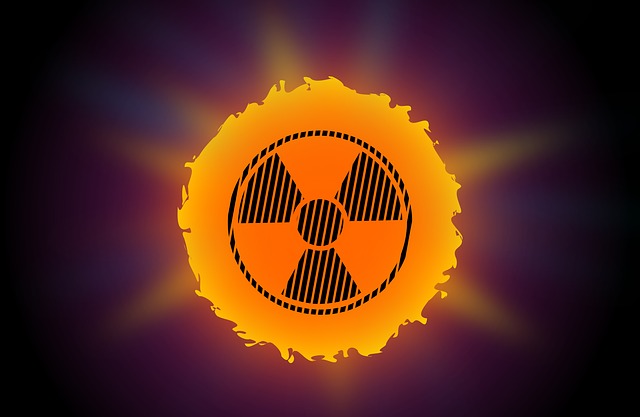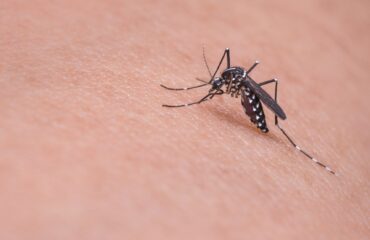How you treat burns depends on the severity, for example, superficial-thickness (first-degree), partial-thickness (second-degree), or full-thickness (third-degree). The classification typically describes the thickness of the burn, which is characteristic of how deep it perforates the skin layers. Of note, first-degree burn injuries mostly affect the epidermis (outer skin), while the second-degree extends to the dermis; and the third-degree penetrates deep into the subcutaneous tissues. Also, it helps to know that there are different sources of thermal burns. Burns from heat sources typically involve fire or flame.
How To Treat Burns Safely
You must learn and follow burn safety guidelines to prevent further complications. Sometimes burn injuries are minor; those you can nurse at home. Then you have some that are extensive and require medical intervention; especially if the damage to muscles, bones, and skin are severe.
Stop Burning Process
The safest way to extinguish flames or fire when burning is to; stop, drop to the ground and roll until you suppress the blaze. You should also remove any charred or hot clothing carefully to prevent any further injury to your skin. If liquid, steam or another heating element caused your burn injuries, do your best to avoid further contact. Use water to cool the affected area within 30 seconds of you getting burned. If you follow this proactive measure, you might alleviate the intensity of your symptoms. However, the outcome depends on the severity of your injuries, because you might need urgent care for burns.
Effective Pain Management
The cool-wet compress technique is an excellent pain relief strategy to soothe your scorched skin. For this, you need water and should avoid ice therapy at all cost, because it can further aggravate your burns. If you have minor burn injuries, you can use mayonnaise or butter for pain relief as well. However, there is a low risk of infection. Emergency OTC (over-the-counter) acetaminophen drugs such as ibuprofen and Tylenol are equally effective in managing pain caused by burn injury. Be sure to use these medications as directed to ensure optimal results.
Safest Ways to Speed Up Healing for Burns
For burns to heal quickly, you need a fast-acting topical antibiotic ointment, preferably a triple strength formula. It will prevent infection and stimulate an immune response to help your skin cells regenerate faster. Also, you want to keep the burn site clean at all times. It is necessary to keep the area germ-free and bacteria-free. You might feel the urge to pick your blisters when new skin surface. Sometimes, this might cause some itching. If it does, try not to scratch the area because this can disrupt the healing process. Worst case, you can damage the skin tissue if you scratch too hard, which can cause permanent scarring.
How to Know You Need Urgent Care for Your Burns
Burn victims suffering from partial and full-thickness burns need urgent care treatment. Physicians will gently cleanse the burn site and remove blisters if necessary. Doctors usually leave the blisters on your palms and the soles of your feet intact. Also, some physicians administer fluids, which is often the case for third-degree burns. Fluid management is necessary to maintain circulatory volume, retain tissue perfusion, support cardiac output and prevent extensive cell damage.





